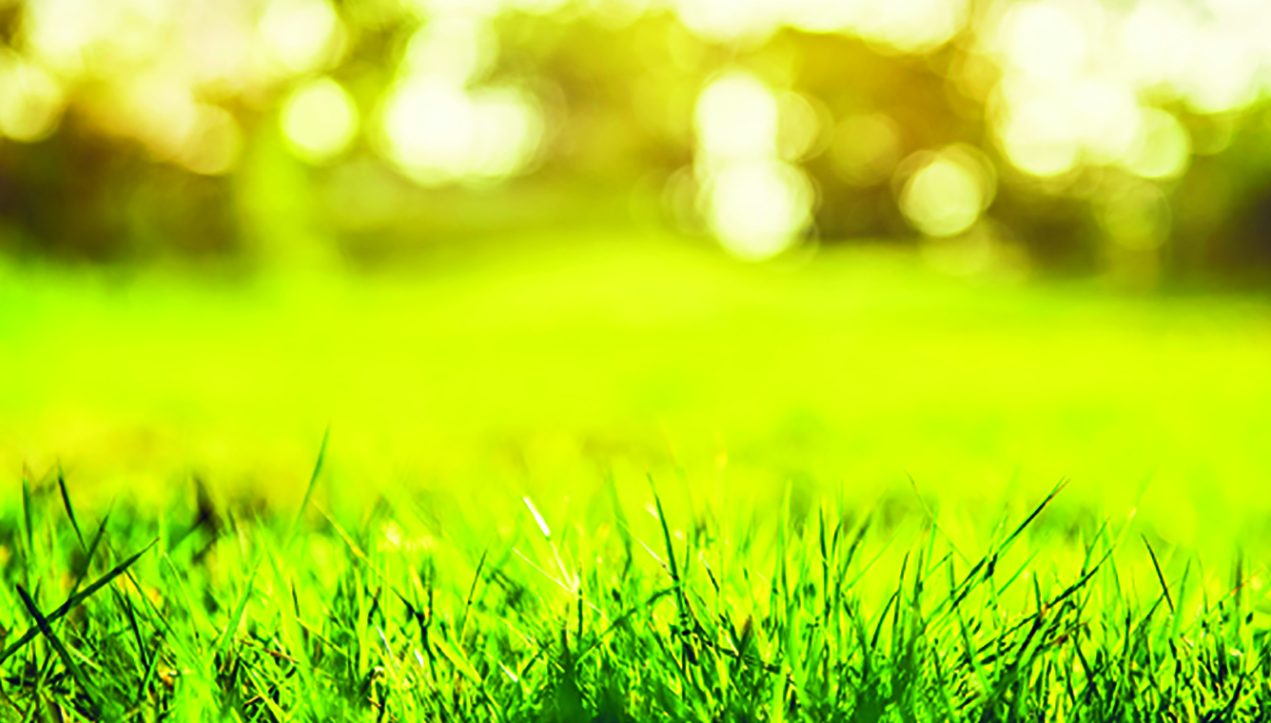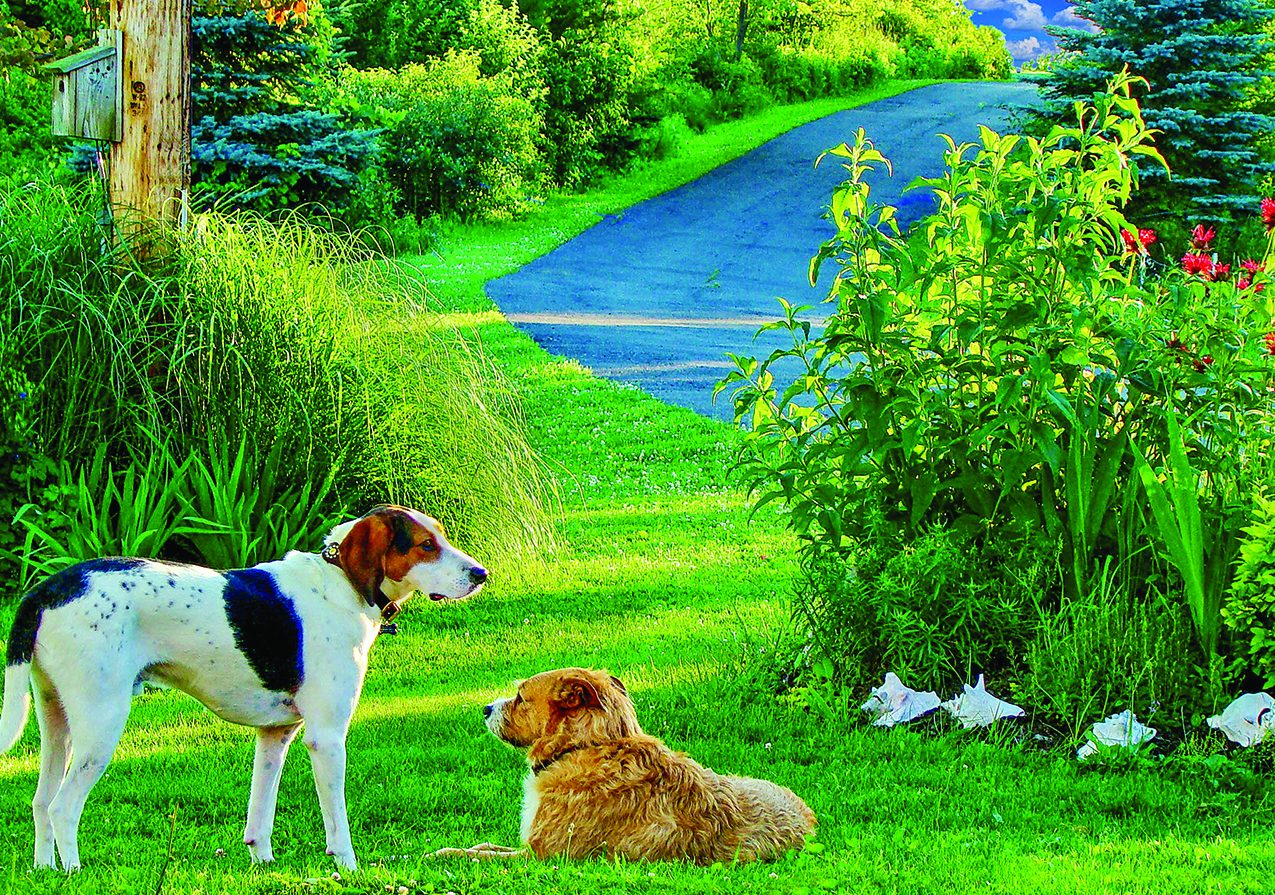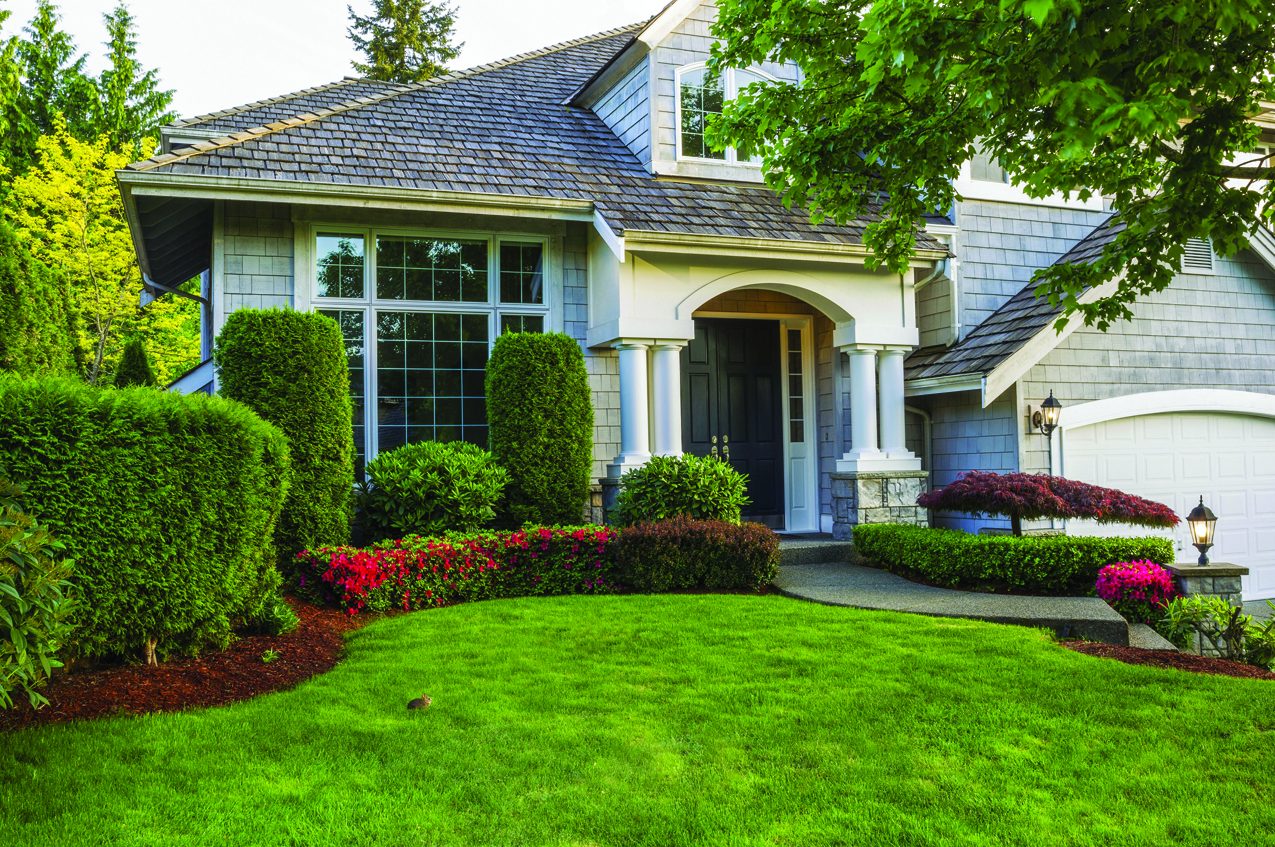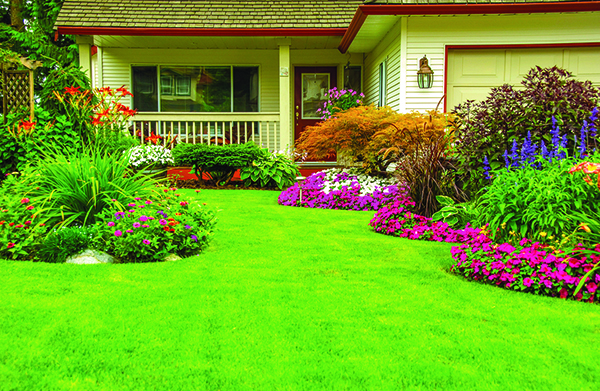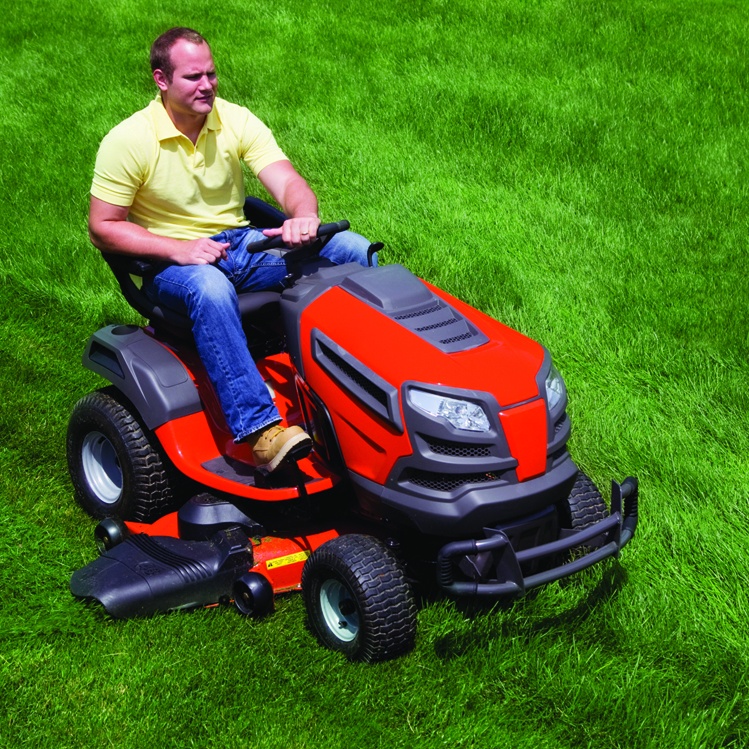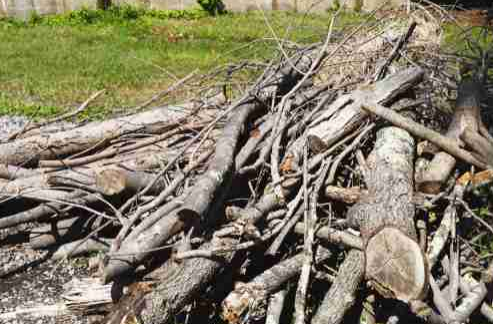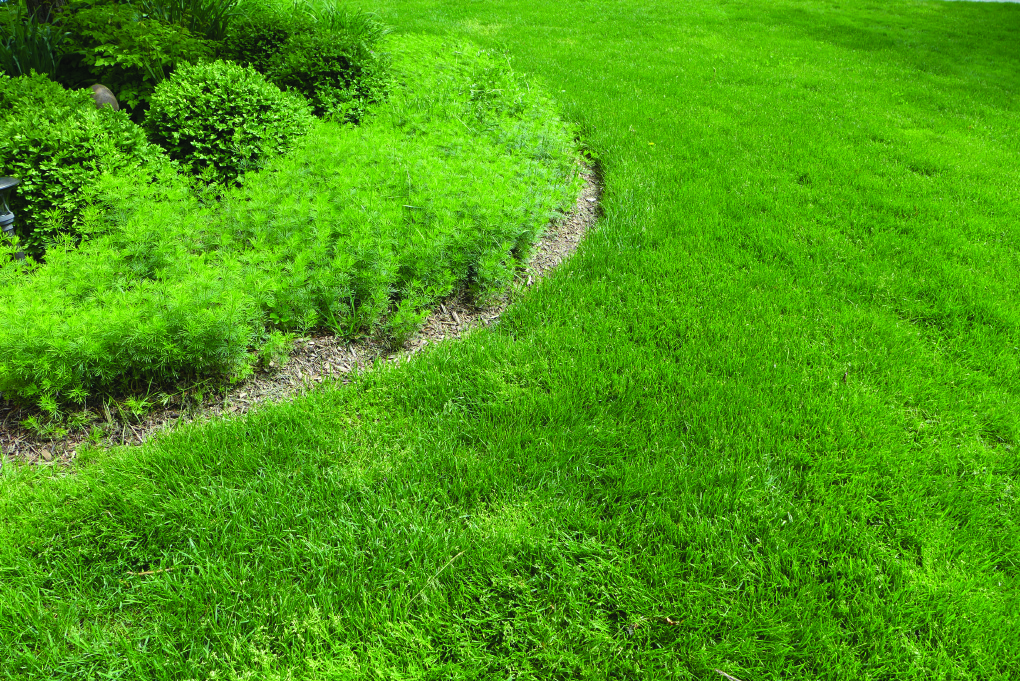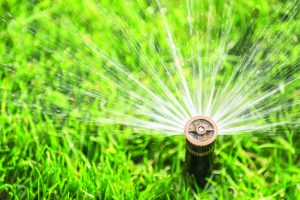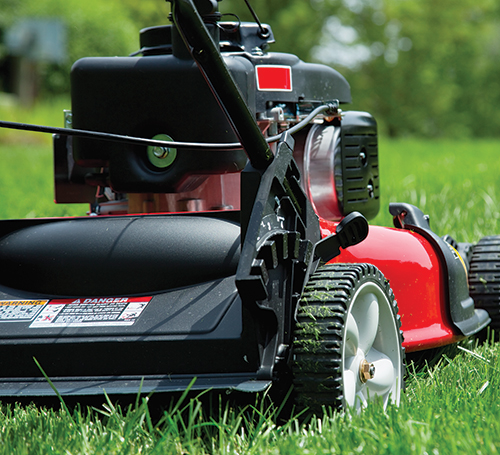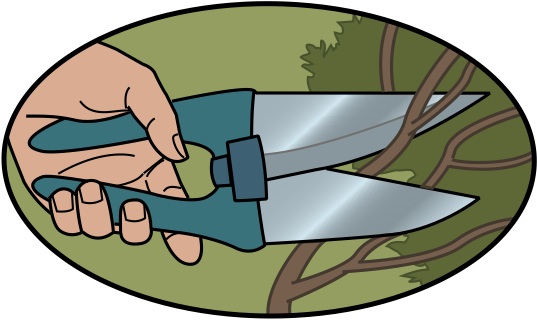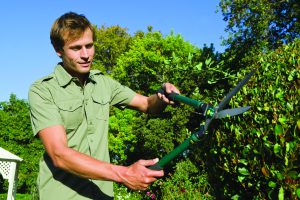Homeowners who enjoy tending to their lawns know that grass is vulnerable to a host of problems, many of which appear at a time of year when lawn enthusiasts want to showcase the fruits of their lawn-and-garden labors. Crabgrass is a common problem that appears in summer. According to Lowes, crabgrass plants produce thousands of seeds between midsummer and early fall. While the first frosts of late-fall or early winter kill the crabgrass plants, the seeds produced by the plants remain dormant throughout winter and then begin to grow as the ground temperature warms up with the spring and summer thaw.
As a result, controlling germination, which is the development of a plant from a seed or spore after a period of dormancy, is the key to preventing crabgrass from becoming an unsightly blemish that can harm your lawn in summer. A proactive approach to crabgrass can save homeowners the headaches of dealing with this unwanted guest taking over their grass. The following tips, courtesy of Lowes, can help homeowners reduce the likelihood of their lawns being overcome by crabgrass as summer hits full swing.
• Recognize that routine lawn maintenance may not be enough. Even lawns that receive sufficient TLC can fall victim to crabgrass. A proactive, crabgrass-specific approach to lawn maintenance is the most effective way to control the problem before it pops up.
• Apply a pre-emergent herbicide. Pre-emergent herbicides kill crabgrass seedlings as they germinate. While these herbicides are highly effective, they must be applied at precisely the right time. The right time to apply them depends on weather patterns. For example, Lowes notes that homeowners who live in regions that might have experienced warmer than usual winters will probably need to apply the herbicides earlier than usual. While the manufacturer instructions should always be followed when applying herbicides, it’s essential that homeowners take weather patterns into consideration as well.
• Wait until the ground temperature rises above 60 F. Applying herbicides when the ground temperature is below 60 F might render the products ineffective. Gauging soil temperature can be tricky, but Lowes advises monitoring shrubs and trees on the property. Once shrubs begin to bloom and trees bud, herbicide can be applied.
• Wait when treating newly seeded lawns. Pre-emergent herbicides might kill new grass seedlings, so homeowners with newly seeded lawns should wait until they have mowed their lawns three times before applying a herbicide.
• Emphasize uniform application. If a herbicide is not applied uniformly across the lawn, crabgrass can establish itself and ultimately spread to the rest of the lawn.
• Do not thatch or aerate after applying a herbicide. Thatching or aerating a lawn after applying a herbicide might break the product’s chemical barrier, thereby rendering it ineffective.
Crabgrass can quickly spread on an untreated lawn. A proactive approach that prevents its growth can keep lawns looking great through summer.

